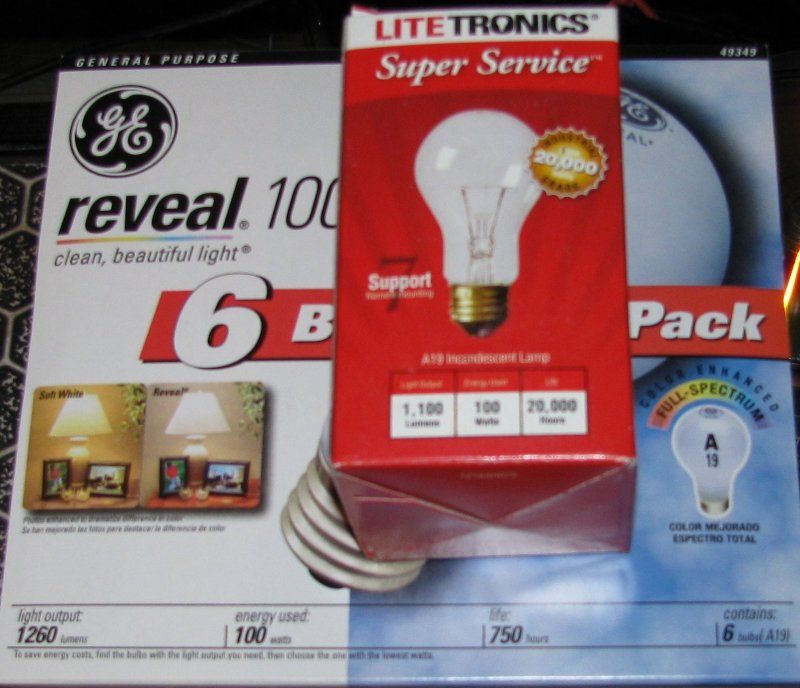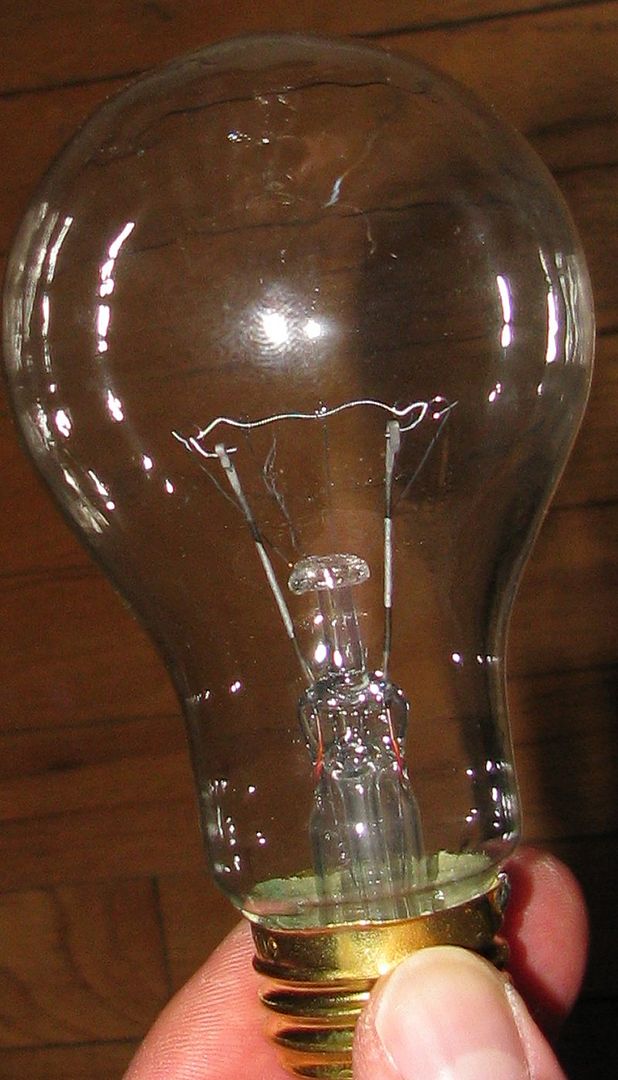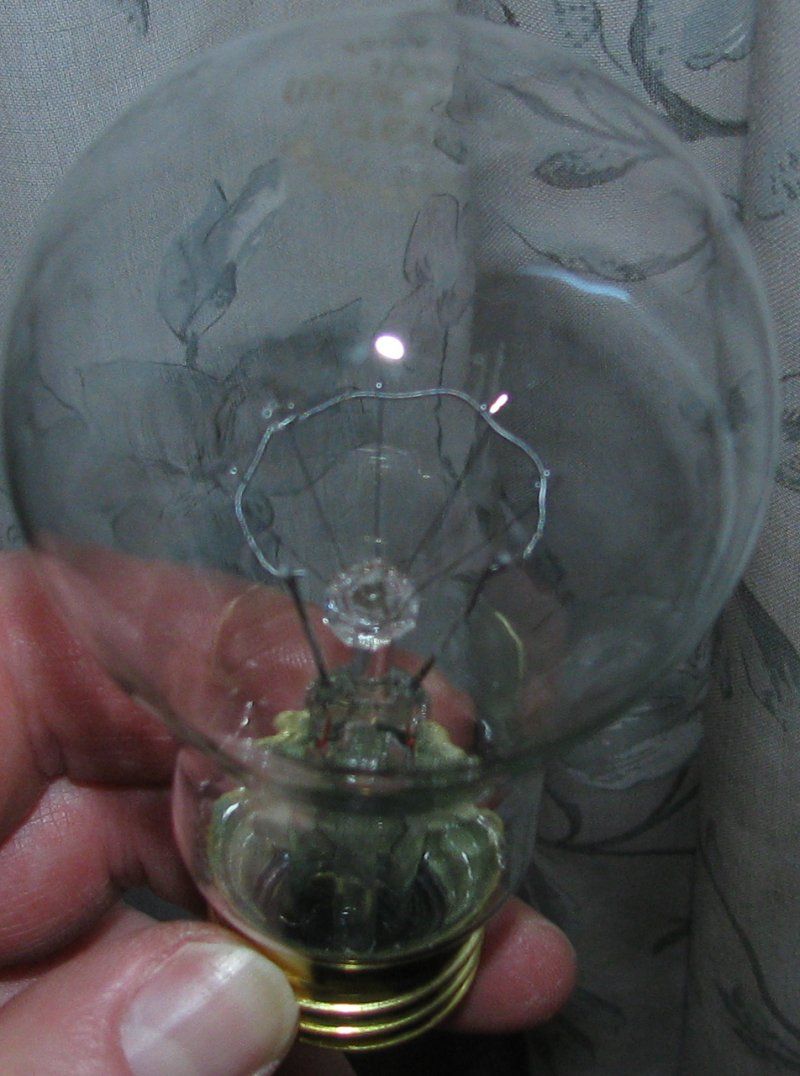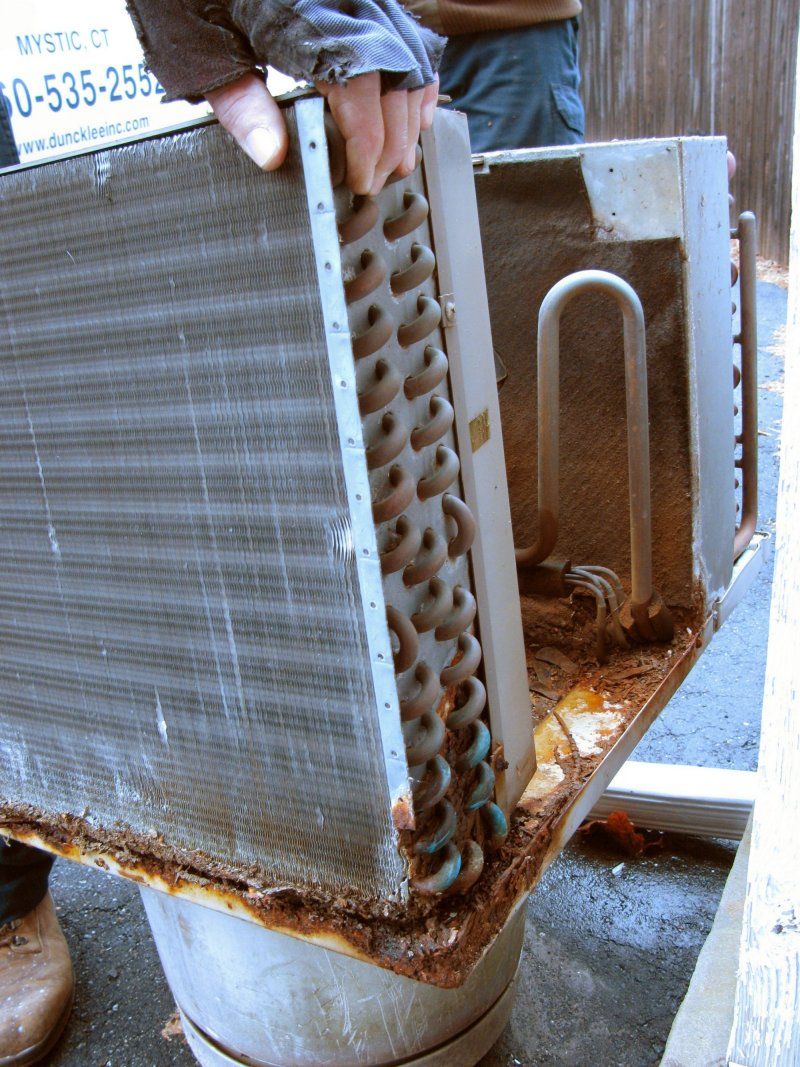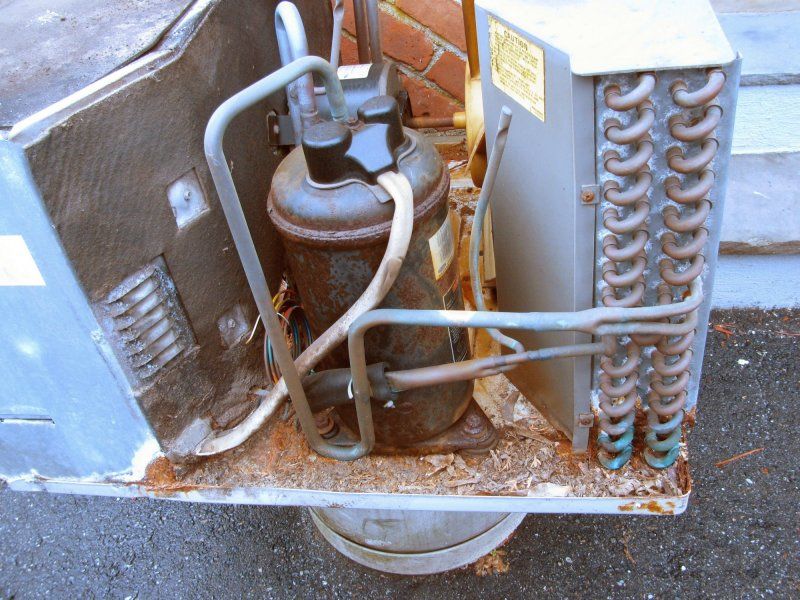Re: New USA Company Making "Banned" Lightbulbs After Getting Waiver from DOE
ROFL! So predictable are the responses...especially the need to make cheap associations because I referenced hearing about this on Rush Limbaugh. Typical feeble minded attempt to dismiss anyone who holds differing viewpoints, or questions propaganda. Did I say I believed anything that Rush Limbaugh says? I also regularly watch Rachel Maddow, Bill O'Reilly, read the NY Times, Wall Street Journal, Washington Post, Reuters, BBC, NewsDaily, WND, Politico.com, Daily Kos, Huffington Post, Media Matters, Slashdot, TheHill.com, and several other sources. Now what does that make me?
Marcturus, I don't buy the practical criticism of rough service vs. general service bulbs because I have both, in two adjacent, built-in overhead sockets. When I turn on the 12 x 100 Watt bulb switch, and fill my room with glorious bright white full spectrum incandescent lighting, there is no discernible color difference between the two bulb types, so on practical observation, the speculation of extra filament supports changing the heat/color is not necessarily valid, depending on the support composition. There can also be different alloys and strand thicknesses of the rough service bulbs that contribute to their practical function. I find them a perfect substitute for the general use 750-1250 hour rated bulbs. I am not saying your points are altogether wrong, as I have not done the research to determine the nuances you raised, but on a practical, observational basis they don't hold water.
Harold_B, thank you for that reference. I would want to check out the veracity of how the determinations were made, since there is little source references presented, and it is being issued from a govt. department with a self interest in making the case for regulations/bans it is enforcing. Their theory of incan causing mercury release is based upon "The US EPA 2005 National Emissions Inventory" (
not their more recent 2008 version)
where they claim:
Coal-burning power plants are the largest human-caused source of mercury emissions to the air in the United States, accounting for over 50 percent of all domestic human-caused mercury emissions.
Note my emphasis on "human-caused" because I did not see what is the overall mercury emissions from non-human sources to know what percent of the total is from human-caused. Then, one has to make this whole other leap in logic that my light bulbs are causing more mercury pollution than CFL's because all utility power generation facilities are stuck with the same dirty coal sources. This report ignores Clean Coal Technology restrictions, use of Natural Gas, nuclear, and other rapidly developing greener supply side improvements--because they want the public to accept their incandescent ban and justify whey they should buy CFL bulbs.
Obviously, the more electric power generation shifts away from mercury emissions from coal power plants, the less their argument in favor of CFL's holds water. I question their validity and objectivity on this one point.
SemiMan, the heart of this light bulb issue is based on people being forced to conserve energy because there is a finite supply, and some types are better than others. I don't accept that basic premise, and believe that there are virtually unlimited energy resources available (i.e. nuclear, solar, wind, hydroelectric, geothermal, wave, etc.) for the foreseeable future.
To force people into the conservation side of managing the energy needs equation, they have to come up with things like not just global warming, but man-made global warming which I also do not buy
because there are so many well-respected experts that have been ignored, so many lies & cover-ups exposed, and way too much politics driving it all.
My main objection is to govt. deciding what is best for everyone, and enforcing their bans, and forcing conservation as the main way of approaching our energy needs.
jtr1962, we need to quit meeting like this.
I'm beginning to think with all your talk about orange light bulbs that your house must have been at the end of the electrical grid, and/or using antique, high resistance wiring where you only had 90 volts coming in. The electrical grid has been stressed for a long time and needs to be seriously upgraded with increasing population demands. It won't be incandescent light bulbs that crashes the grid. My vote is on terrorism.
Seriously, I don't recall ever having seen an OBJECTIVE study that looks at what percent of the total electrical consumption comes from indoor residential lighting.
Looking at this source:
[h=2]6.2 The Importance of Lighting[/h] Lighting uses about 18 percent of the electricity generated in the U.S., and another 4 to 5 percent goes to remove the waste heat generated by those lights. Lighting in commercial buildings accounts for close to 71 percent of overall lighting electricity use in the U.S.
If 71% is commercial, I'm guessing we must then assume 29% is residential lighting, ignoring non-commercial governmental, street, and other types of non-residential lighting.
OK, then 29% residential x 18% of electricity generated = 5.22% of total electricity generated for lighting is from residential. But we don't know how they determine that 29% residential lighting electricity. Did they measure the real time electrical consumption in a statistically significant sample with all the lights on, and then off at night, and factor in the night time heaters, air conditioners that may also be running? Did they go in and count actual inside light bulbs, verifying their wattage, and have people keep logs of which lights are turned on for how long? If you don't track down studies and look at this level of verifiable details, they could say anything they wanted.



